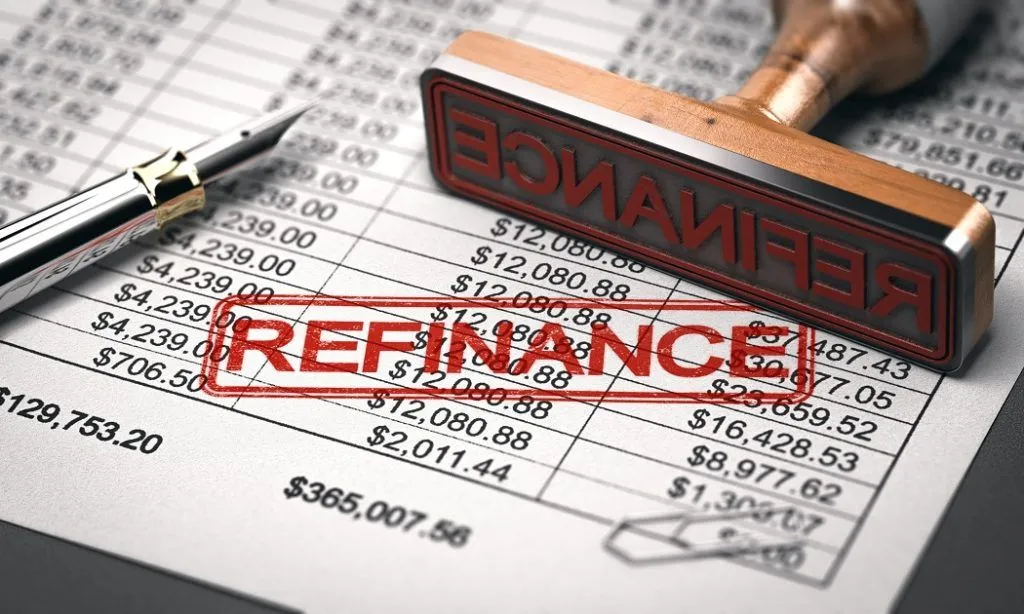
Buying a home is one of the biggest financial decisions most people will ever make. But unless you can pay the full price upfront, you’ll likely need a mortgage. In 2025, mortgage rates, refinancing options, and lending rules are evolving — and understanding them can save you thousands of dollars.
In this guide, we’ll explain what mortgages are, how refinancing works, the pros and cons of each, and the smartest strategies for homeowners in 2025.
Disclaimer: This content is for educational purposes only. It is not financial advice. Please consult a licensed mortgage broker or financial advisor before making any borrowing decision.
What is a Mortgage?
A mortgage is a type of loan used to buy real estate. You borrow money from a lender (like a bank or credit union) and repay it over a set period (commonly 15–30 years) with interest.
Key Features of a Mortgage:
- Loan amounts typically range from $100,000 to $1,000,000+
- Repayment terms: 15, 20, or 30 years
- Interest rates: fixed or adjustable
- Secured by the home (the lender can repossess it if you fail to pay)
- Requires down payment (usually 3%–20% of the home price)
Types of Mortgages in 2025
- Fixed-Rate Mortgage (FRM)
- Interest rate stays the same throughout the loan term
- Predictable monthly payments
- Best for people planning to stay in the home long-term
- Interest rate stays the same throughout the loan term
- Adjustable-Rate Mortgage (ARM)
- Starts with a lower interest rate, but rate adjusts after a few years
- Riskier if rates rise in the future
- Best for short-term homeowners or those expecting income growth
- Starts with a lower interest rate, but rate adjusts after a few years
- Government-Backed Mortgages
- FHA, VA, and USDA loans
- Lower down payment requirements
- Ideal for first-time buyers and people with lower credit scores
- FHA, VA, and USDA loans
What is Mortgage Refinancing?
Refinancing means replacing your current mortgage with a new one — usually with better terms. Homeowners often refinance to:
- Lower interest rates → reduces monthly payments
- Change loan terms → e.g., from 30 years to 15 years
- Switch from ARM to FRM → for stability
- Tap into home equity → cash-out refinancing
Example: If you took a mortgage in 2020 at 6% interest but rates are now 4.5%, refinancing could save you tens of thousands over the life of your loan.
Mortgage vs Refinancing: Key Differences
| Feature | Mortgage (Buying a Home) | Refinancing (Replacing Loan) |
| Purpose | Purchase property | Improve loan terms or access equity |
| When Taken | At time of buying | After you already have a mortgage |
| Benefits | Own a home | Save money, reduce interest, or access cash |
| Risks | Long-term debt, foreclosure risk | Closing costs, may reset loan term |
Pros and Cons of Refinancing
Pros
- Lower monthly payments
- Pay off loan faster with shorter terms
- Switch to fixed rate for stability
- Use home equity for big expenses (education, renovation, medical bills)
Cons
- Closing costs (2%–5% of loan amount)
- Extending loan term may increase overall interest paid
- Not worth it if you plan to sell soon
How to Qualify for a Mortgage or Refinance in 2025
- Good Credit Score: Aim for 680+ (though FHA allows lower)
- Stable Income: Lenders prefer a low debt-to-income ratio (DTI)
- Down Payment or Equity: At least 3% for new mortgages or 20%+ equity for best refinancing deals
- Clean Credit History: No recent defaults or foreclosures
Smart Tips Before Applying
- Compare multiple lenders – never accept the first offer.
- Check your credit score → see How to Improve Your Credit Score in 2025.
- Calculate affordability with an online mortgage calculator.
- Don’t over-borrow — stick to a budget. → see How to Save Money on a Tight Budget in 2025.
- Ask about hidden fees like origination, appraisal, or early repayment charges.
Conclusion
Mortgages and refinancing can be powerful financial tools, but they require careful planning. In 2025, mortgage rates are competitive, but lenders are stricter about creditworthiness. Refinancing can save homeowners thousands — but only if done at the right time.
Before making any decision, always compare lenders, understand the risks, and consult with professionals. With the right strategy, you can make homeownership more affordable and secure your financial future.
Related Articles You May Like:
- Personal Loans vs Payday Loans: Key Differences You Must Know in 2025
- The Importance of an Emergency Fund in 2025
- Retirement Planning in 2025: Secure Your Future Today